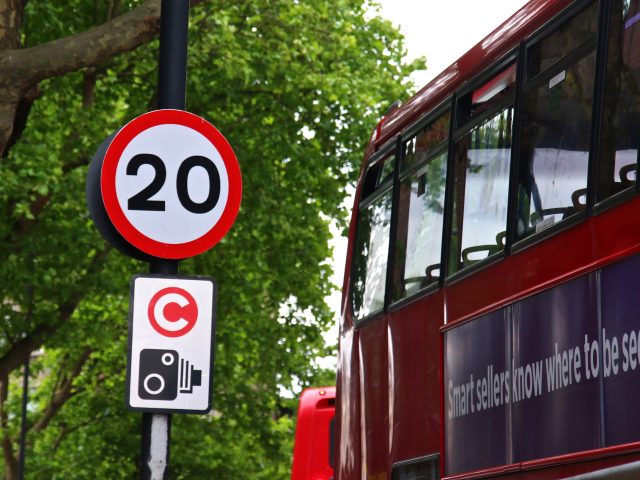Briefing on the Cross Border Enforcement Directive
The CBE Directive and why it is important for road safety
The Directive on the Cross-Border Exchange of Information related to road safety 2011/82 has set up a procedure for the exchange of information on eight road traffic offences including those linked to the main road risk factors: speeding, non-use of a seat-belt, failing to stop at a traffic light, drug-influenced and drink-driving, failing to wear a helmet, use of a forbidden lane and illegally using a mobile phone. Through the legislation, Member States are given access to national data on vehicle registration to determine the person liable for the offence.
The final adoption came after a long and challenging procedure where strong political will of Council and the European Parliament, finally led to an agreement in 2011.
The majority of countries have already transposed the rules into national law. Most of them are also well on the way to implementing the structures needed for the Directive to come into force.
Last year just over 26,000 citizens lost their lives on Europe’s roads. According to the EC impact assessment study, the Directive would save between 350 and 400 road deaths a year. ETSC is a strong supporter of this Directive, mainly as this would clearly contribute to the EU road safety policy to reach the EU target of halving deaths on the EU roads by 2020. But also for reasons of equality, as EU citizens are entitled to fair and equal treatment. The principle of non-discrimination is enshrined in the Treaty. This principle is not being applied with non-residents acting with impunity and escaping punishment whilst travelling abroad.
Current State of Play: ECJ Ruling
The European Court of Justice has ruled that the legal basis of the Directive on Cross-Border Exchange of Information related to road safety 2011/82, which came into force in November 2013, was incorrect. The European Court of Justice found that the measures proposed in the Directive do not concern ‘prevention of crime’ as defined under the police co-operation rules, but rather road safety, which is a transport issue. However, given the importance of the law for road safety, the ECJ said the current rules will stay in place while a new proposal is agreed. The Court has granted a one-year transition period, meaning the rules will remain in effect until May 2015.
Following the ruling a European Commission spokesperson said a new proposal will be put forward in the coming months with a legal basis under the EU transport policy. The goal is to get the new proposal approved before the one-year reprieve runs out next May.
ETSC remains convinced that a legislative instrument will clearly contribute to the EU’s road safety policy of reaching the target of halving deaths on the EU’s roads by 2020.
ETSC Recommendations
Following the ruling of the ECJ of the 6th of May a solution is urgently needed.
- ETSC calls upon the European Commission to come forward with a new proposal as a matter of urgency.
- ETSC calls upon all EU Member States to support this proposal and work swiftly to reach an agreement within the 12 month deadline set by the ECJ.
- ETSC calls upon the European Parliament, once in place, to renew its support to this proposal within the 12 month deadline set by the ECJ.







